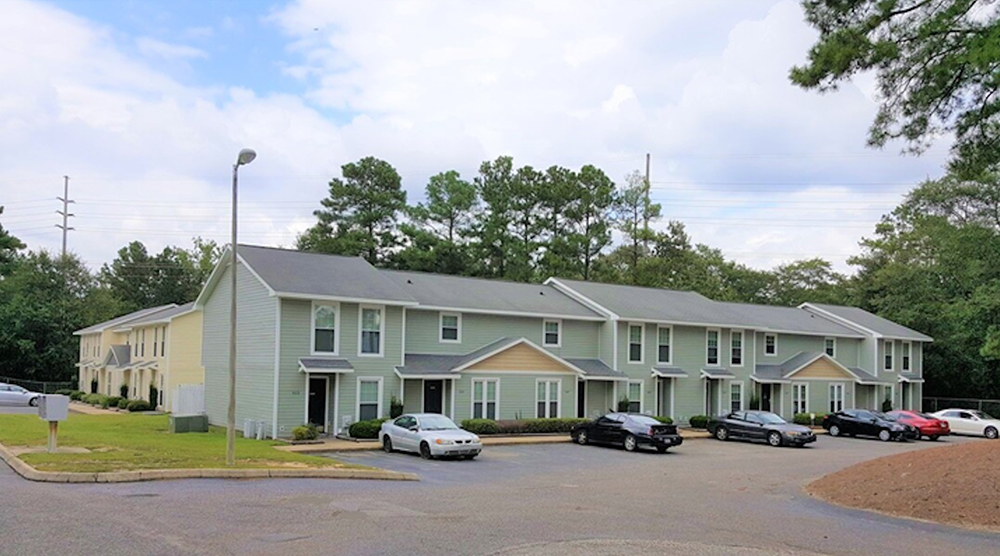News: Financial Digest
Posted: May 7, 2008
Fantini & Gorga release 2nd quarter 2008 lender survey
Fantini & Gorga has just released its second quarter 2008 Lender Survey. What's the news? Markets remained unsettled. Spreads rose, lender underwriting became more conservative, and funding availability started to become an issue in some sectors.
Lenders all continued to tighten underwriting in the first quarter, effectively reducing the maximum amount an owner could borrow on a given property by 20% or more from the highs of a year ago.
* With conduits on the sidelines, life companies are cherry-picking conservative deals at no more than 70% to 75% loan-to-value ratios. But they're figuring value in a very conservative way, with higher capitalization rates and heavy dependence on historical income and expenses. They're also increasing debt coverage ratios, in many cases to 1.30, a move that lowers loan amounts below the maximums set by the loan-to-value ratios. As a result, "full-leverage" loans today are much lower than a year ago, in the hey-day of the conduits.
* As life companies take the "A" and "B+" loans, banks continue to finance lower-quality properties and weaker sponsorship, but the banks are becoming more cautious, too. They have raised equity requirements for construction loans, require fuller personal recourse, and generally seek loans at 75% loan-to-value ratios or less. Like the life companies, they are using conservative assumptions in calculating value.
Fixed-rate spreads - the difference between mortgage rates and Treasuries with the same maturity - continued to increase over the first quarter. But markets were volatile, and many lenders were changing spreads from day to day.
* Spreads for loans on the "four food groups" of office, industrial, retail, and apartments increased 15-30 bps. Hotels and self-storage saw a 50 bps increase.
* The range between the best spreads a lender will charge, and the highest spreads (applicable to higher risk deals) widened out as lenders insisted on being paid for risk.
* The few conduits willing to answer our survey quoted spreads in the 525-600 range, about 300 bps higher than the life companies and the more competitive banks. These high spreads reflect the uncertainty about where these loans would price if they were ever securitized.
Spreads on LIBOR-based loans increased. For construction and bridge loans, spreads widened about 25 bps again this quarter, particularly for transactions the lenders consider to be at the higher end of the risk spectrum. For more on these loans, see the Fantini & Gorga Pocket Guide ( www.fantinigorga.com/publications/pocketguide.)
As securitized lenders remain inactive, funding availability is starting to become an issue.
* In our survey, a few of the conduit lenders reported having plentiful funds, but if so they checked the wrong box. Those who are writing some business today survived the credit crisis in a strong capital position and are funding loans they are content to hold on their balance sheets if the loans can't be put into pools and securitized in the future.
* Life companies still have adequate (in some cases plentiful) funds. But they are deluged with loan requests and they may burn through their allocations in the first half of the year, causing a shortage of permanent loan funds later.
* Banks continue to have adequate funds, but they are being increasingly picky about the deals they take out of concern for weakness in the economy. A few banks have cut off lending except to existing customers, but others are looking to increase their loan portfolios with good quality deals.
Tim O'Donnell is a managing director and principal at Fantini & Gorga, Boston, Mass.
Tags:
Financial Digest
MORE FROM Financial Digest
Preservation of Affordable Housing secures $23.5 million in financing from Rockland Trust and Citizens Bank
Cambridge, MA The nonprofit Preservation of Affordable Housing (POAH) has secured $23.5 million in financing from Rockland Trust and Citizens Bank to transform a 150-year-old, underutilized church complex into housing. The project will ultimately create 46 affordable family-sized apartments.
Columns and Thought Leadership

Conn. hospitality market: A technical appraisal perspective on market dynamics and valuation challenges (2019-2025)
The Connecticut hospitality market has demonstrated uneven recovery patterns between 2019 and 2025, with boutique and historic properties achieving $125 RevPAR in 2025, up 8.7% from the 2019 level. Coastal resort properties achieved a $105 RevPAR in 2025, representing 10.5% growth since 2019. Casino corridor properties maintained modest growth with RevPAR improving 4.5% to $92 in 2025.

Examples of investors who used Kay Properties for legacy and estate planning purposes for rental property/portfolios - by Dwight Kay
Preserving wealth across multiple generations requires strategic planning, foresight, and the right investment vehicles. Delaware Statutory Trusts (DSTs) offer a powerful solution for families looking to build and protect their financial legacy and to efficiently plan for their estate.









